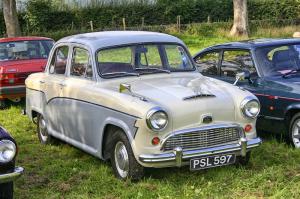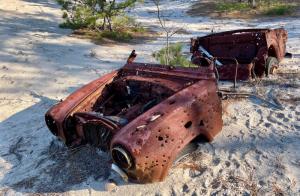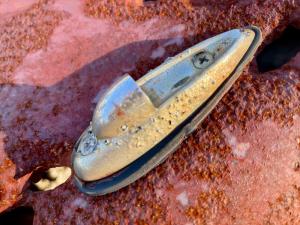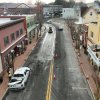Cape Region trash pits filled with historical information
This will be the final installment on what readers have helped me learn, as well as their speculation, about the identity of one of the rusting vehicle hulks in the westernmost reaches of Cape Henlopen State Park. But first ...
Here along the coast, nature, with her blowing sands, growing pines and falling needles, has done a good job of hiding most of the remains of what was once the garbage dump for the town of Lewes. One day, maybe 100 years from now, that area will become a marvelous dig for amateur and budding professional archaeologists.
It may not yield the golden treasures featured in the film called “The Dig,” available now through one of the streaming services, but its clues to life here in the late 19th and first half of the 20th century will surely prove intriguing for those discoverers.
And this mostly forgotten dump is just one of many potential dig sites in our region.
In Rehoboth Beach, where the heart of the resort now stands, archaeologists of yore discovered hundreds of campfire remains. It’s speculated that Native Americans from 500 years ago and more spent their summers here along the coast to find relief from the seasonal heat. The remains indicate that this encampment may be the largest seasonal gathering place for Native Americans along the entire East Coast. They well understood the allure of this unique headland tucked between freshwater lakes and the endless shellfish resources in the surrounding waterways. The beach, of course, isn’t all that bad either.
In Lewes, archaeologists 40 years or so ago dug up a refuse pit from the late 1600s and early 1700s behind the Ryves Holt House at the corner of Second and Mulberry streets. There they found lots of interesting trash including pieces of broken pottery, bones from colonial meals, and endless pieces of clay pipe stems.
At the tavern operated in Delaware’s oldest house still on its original site, the proprietors offered clay pipes with stems a foot or more in length. A customer would buy a bowl of tobacco, smoke it, and return the pipe to the barkeep, who would immediately break off an inch or so of the stem before refilling the bowl for another customer. Those little pieces of broken-off stem – so sanitary, thank you – along with the bones and pottery pieces offer an opportunity to visualize an entire evening in that gathering place.
At the neglected Green Hill Lighthouse site on the edge of the Great Marsh at the end of Pilottown Road, piles of old cans and bottles dumped there by federal lighthouse service employees, and the squatters who took over the site after the range light there was decommissioned, litter the surrounding ground.
Briars and vines have long since covered them, but occasional collectors still go out there and push through the growth to find old bottles and colored glass. They also admire the remains of the once-graceful architecture marking the living quarters of the keepers who kept the navigational light burning.
That little dumping ground only scratches the local historical surface.
Middens and rusting cars
Back in Cape Henlopen State Park, along some of the salt marsh trails, lies evidence of Native American middens – heaps of discarded oyster and clam shells from bay and seaside feasts.
The car relics of which I’ve written are just our most recent contributions.
But, about that rusting old roadster, two readers have taken detailed and definitive stabs at its original identity.
Paul Lowe of Lewes sent along this assessment: “I wasn't going to disclose this information until I find the location of said vehicle to confirm but ... based on my research and my auto enthusiast friends, it appears to be a 1956 Austin Cambridge A55. Although Mr. Forney states that it's a two-seater, only several were manufactured as coupes. Built by a British manufacturer in Sydney, Australia.”
I sent Paul a general description of where the cars are with a cautionary note that there are no defined trails or markings in the section of the park where the old dump is. It’s easy to get turned around in that several-hundred-acre tract, especially on cloudy days when the sun doesn't provide reference.
On second look at the photo I took, it looks like the hulk may be a four-seater after all, as Paul suspects.
Jack Long of Millsboro agreed that the rusted vehicle looks British, but he went a little deeper with his findings:
“The car you discovered looks British and at first I thought it was a Morris Minor, but the fenders are wrong. The engine looks like a British design with the riveted-on engine number. The engine code definitely corresponds to British Motor Company designation as 15 = 1.5 liter (1489 cc), U = central gearchange (floor shift) and H = high compression. The U and H would be correct for a sporty car.
“I suspect the car is a Nash Metropolitan. It was a joint venture in the fifties between BMC and the American Nash company and used the BMC B-series engine similar to the one used in the MGA sports car.”
Thanks again to everyone who has weighed in on this. Always so much to discover and learn.
























































